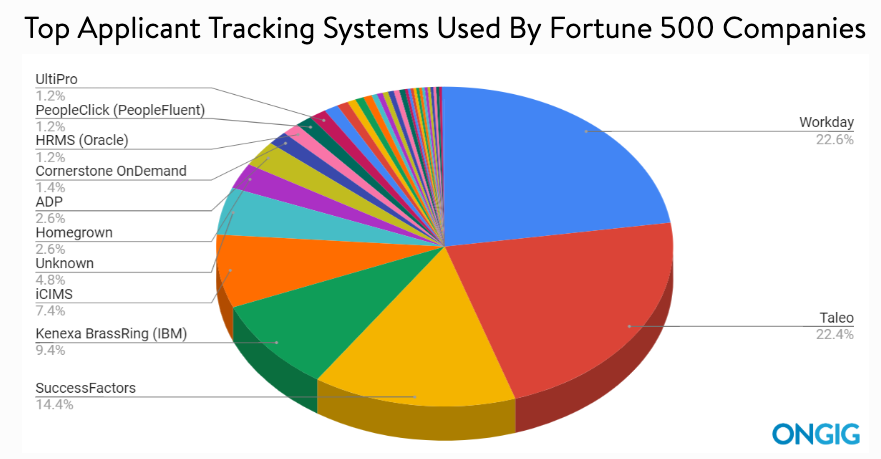I get asked quite often by folks who want to build a community and/or are already starting a community to be apart of their community. My first question is always, “Why do you want to build this community?” It’s pretty straight forward. It should be simple to answer.
Most will go all guru-like about wanting to get like-minded folks together, etc., but in the end, it’s mostly about starting a group so they can sell them something. Almost 99% of the time this is the reason. Which is actually fine, if you follow the steps and don’t actually sell!
Here is really the only way I’ve found to build a successful community:
Step 1 – Find some folks who are like you.
Step 2 – Announce that you are starting a community together.
Step 3 – Draft the purpose and some ground rules around that community.
Step 4 – Show up every day, even Saturday and Sunday.
Step 5 – Never sell your stupid shit.
Step 6 – Give.
Step 7 – Go to Step 6
Step 8 – Eventually the community will give you more than you ever gave it.
It’s super simple, and super hard, to build a community, because it’s all about you giving, and giving, and giving, with absolutely no expectation that you’ll get anything back from the community. Those who go into building a community with this mindset and action, though, almost always get more out of it than they put in it.



